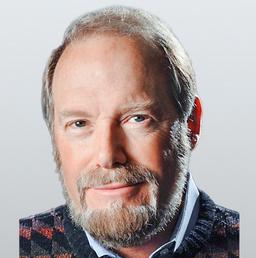Commentary
Watching his beloved country fall into decline, Donald Trump in 2015 decided to step into the arena.
Drawing upon his business acumen, he correctly identified America’s problems at home and abroad, and set out to fix them. He called his project Make America Great Again—and he did just that.
He unleashed American energy and reduced unemployment rates to historically low levels. He secured the southern border and made a good start—despite tremendous opposition—at a badly needed border wall. He appointed hundreds of federal judges, including three Supreme Court justices who played a key role in overturning Roe v. Wade.
Overseas he refused to enter into pointless wars, and instead targeted America’s chief enemy, communist China, with tariffs and other measures. He strong-armed allies into paying more for their defense, kept Russia in check, destroyed the Islamic State, and brokered the Abraham Accords between Israel and a number of Arab states.
These accomplishments are all the more impressive because they were accomplished in the heat of battle. From the moment Trump announced he was running, there were those who were illegally plotting against him. At the outset, the 45th president of the United States could not have known—none of us did—about the vastness of the Washington cabal that saw him as a threat to their continued rule and were intent upon destroying him and his movement.
It wasn’t just lies spread by the Hillary Clinton campaign about secret Russian communications with Trump Tower. Nor was it just FBI Director James Comey and a few rogue actors at the FBI lying to the FISA court and wiretapping the incoming president. It wasn’t even just the Mueller investigation perpetuating the “Russian Collusion” hoax for the first two-and-a-half years of his term. It was much, much more, as we now know.
Trump fought back, of course. He always fights back—this is one of his great virtues—even when facing impossible odds. He called out the FBI for the attempt to take down a duly elected president. He ripped fake news, partisan witch hunts, and censorship on social media. He called for draining the Washington swamp. But for a long time, neither he nor we could see how the pieces fit together into a larger whole.
During his term in office, Barack Obama had weaponized the surveillance state against his political enemies. And it is this surveillance state, in league with Democrats and RINOs, that set out to destroy the threat that Trump presented to their continued rule. This effort involved not only the FBI and FISA court to spy on a sitting president, but our intelligence agencies as well. The CIA, the director of National Intelligence, the National Security Division of the Department of Justice, the Department of Homeland Security, the National Security Agency, and the Senate Select Committee on Intelligence (SSCI) were all involved in the effort to remove Trump from office and, having failed at that, to ensure that he did not win a second term.
Thanks to Elon Musk and his commitment to free speech, we now see how Twitter—and social media in general—was weaponized by the surveillance state against the MAGA movement in general and Trump in particular. The ultimate goal of the surveillance state, however, is even more ambitious: It is, to use a phrase from the DHS, to control the “cognitive infrastructure” of the United States. Or, as Louisiana Attorney General Jeff Landry put it in plain English, to control our very thoughts.





